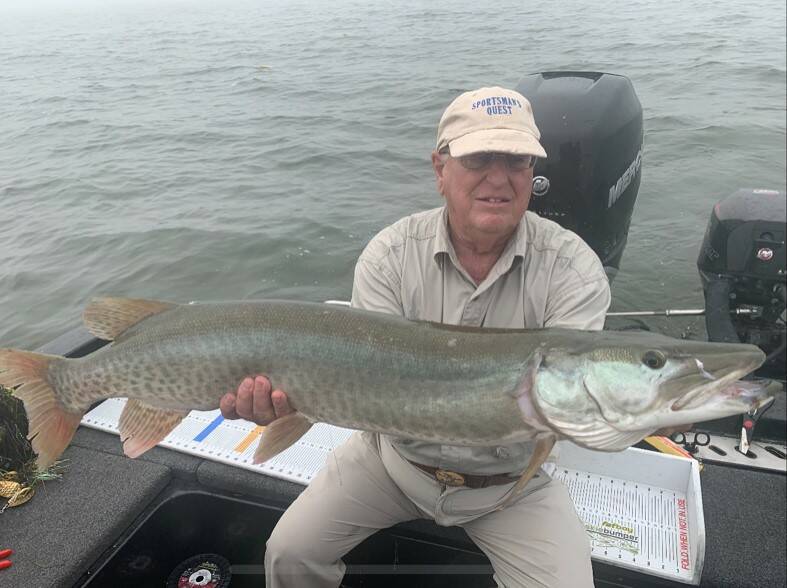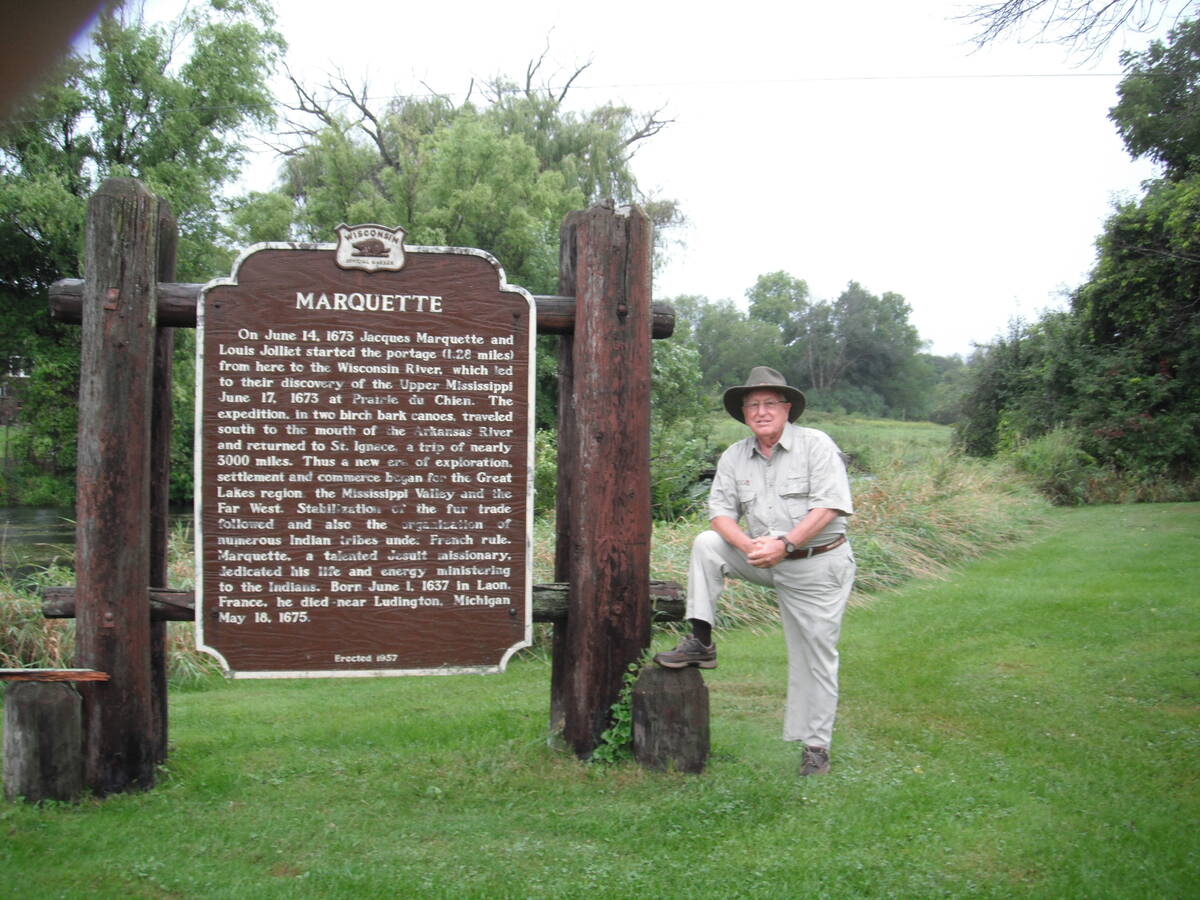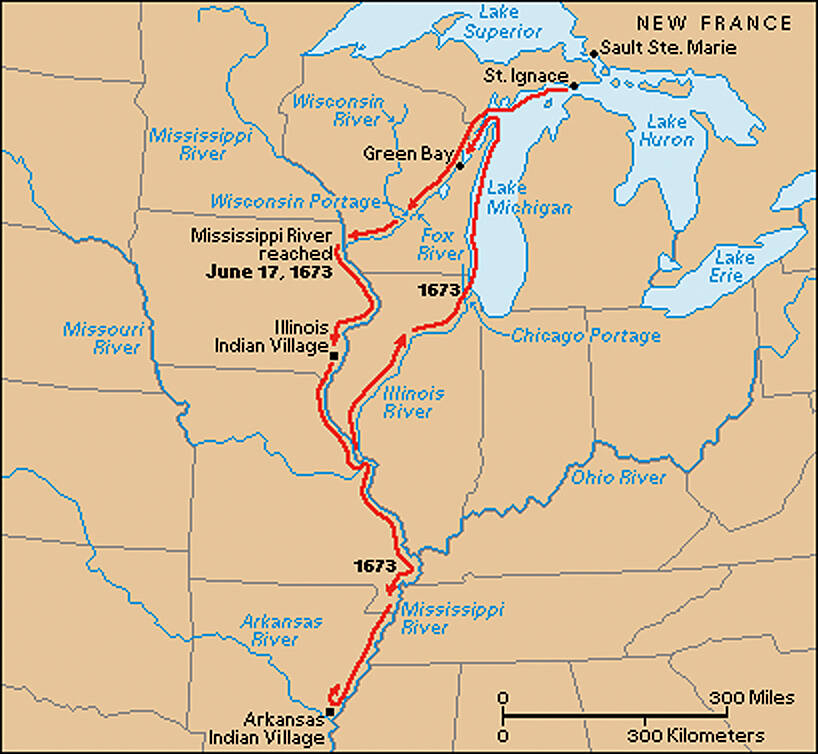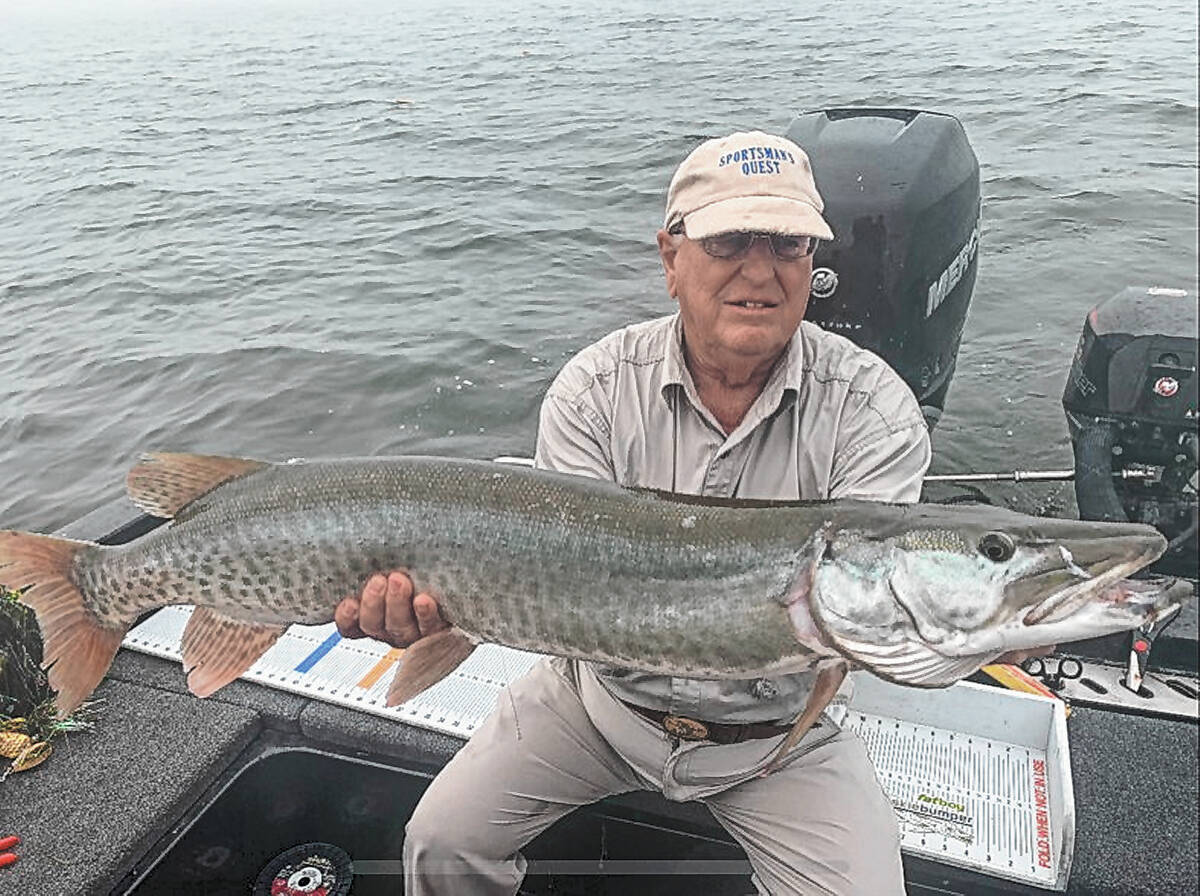SPORTSMAN’S QUEST: A trail less taken
We’re all familiar with the epic adventures of Lewis and Clark. They forged a path across North America for others to follow and create a nation from the Atlantic to the Pacific oceans.
There were many other trailblazers, like Kit Carson and John C. Fremont. Some of us have been fortunate to travel in their footsteps on our own adventure. There are also many trails like the Old Spanish trail, the Santa Fe Trail and the Oregon Trail.
We hear much less of another trail of equal importance; the European discovery of the upper Mississippi River by the early French-Canadian explorers Marquette and Jolliet. I was fortunate to be able to follow their trail on a recent adventure with a friend and Wisconsin native, Gordon Ludwig.
The lower Mississippi had been previously explored and settled by the Spanish and they maintained control of its reaches, but were not interested in exploring further north because of the hostile native peoples who fiercely defended their territory, as well as it not being navigable by their ships.
Jacques Marquette was a Jesuit priest interested in exploration and spreading the Christian faith, while Louis Jolliet was a fur trader interested in expanding the territory for what eventually became the British Hudson Bay Co.
They had heard of a great river from natives and were interested in finding a northern route from the Great Lakes to the Pacific. They started from what is now Green Bay on Lake Michigan and traveled west up the difficult and swampy Fox River, towing canoes to its headwaters. There they discovered a short portage to the Wisconsin River and floated down river to the Mississippi. This portage route later became a major trade route.
They explored the upper river, but did not venture into its southern reaches due to the Spanish occupation. Their travels were peaceful, largely due to the gentle nature of Fr. Marquette and his ability to assimilate new languages. They were helped by and traded with the northern natives along the way. Their new trail opened the vast northern reaches to fur traders from the Hudson Bay Co. and eventually the American Fur Co.
I share their story as encouragement to discover for ourselves some of these historic adventures during the off hunting season, or when we’re not fortunate enough to draw one of those coveted Big Game tags.
Along the way we can experience some excellent fishing opportunities or perhaps even an “over the counter” hunting tag. I was fortunate to enjoy a great Muskie fishing trip in Wisconsin’s Green Bay and perhaps next time I’ll try for a deer or antelope tag along the way.
A great part of the adventure is researching the historical and current culture of new areas with the anticipation of our own discoveries with new friends along the way. There are reprints of journals from many of the early explorers and you can follow their journeys on foot, horse, and boat — I prefer canoe — or by road. Perhaps best is by all of these, as you follow in the explorers’ footsteps, or the wake of their vessels.
This season you will find me continuing on a new segment of the Lewis and Clark Trail ending on the Columbia River at Fort Clatsop as it enters the Pacific on the Oregon coast.
Dan Simmons lives in Pahrump. His Sportsman’s Quest column appears in the PVT on the first Friday of the month.
Email him at sportsmansquest.dan@gmail.com.
Recipe
One of the main staples of early explorers, which is still popular with modern-day adventurers is Indian fry bread, better known as "Bannock." It's simple to make over a campfire or at home. Adding baking powder and raisins to the original recipe may cause a rush on the cook and require a double batch.
Ingredients:
- 3 cups all-purpose flour
- 1 teaspoon salt
- 1 ½ cups water
Adding 2 tablespoons baking powder and some raisins to the mixture makes "Mom's donuts."
Stir together flour and salt (baking powder) in a large bowl. Pour water over flour mixture. Stir with a fork to make a ball. Knead dough gently on a lightly floured surface until consistent. Pat into a flat circle, 3/4- to 1-inch thick. Warm a greased frying pan over medium heat. Place dough in the hot pan and cook until browned, about 15 minutes per side.




















